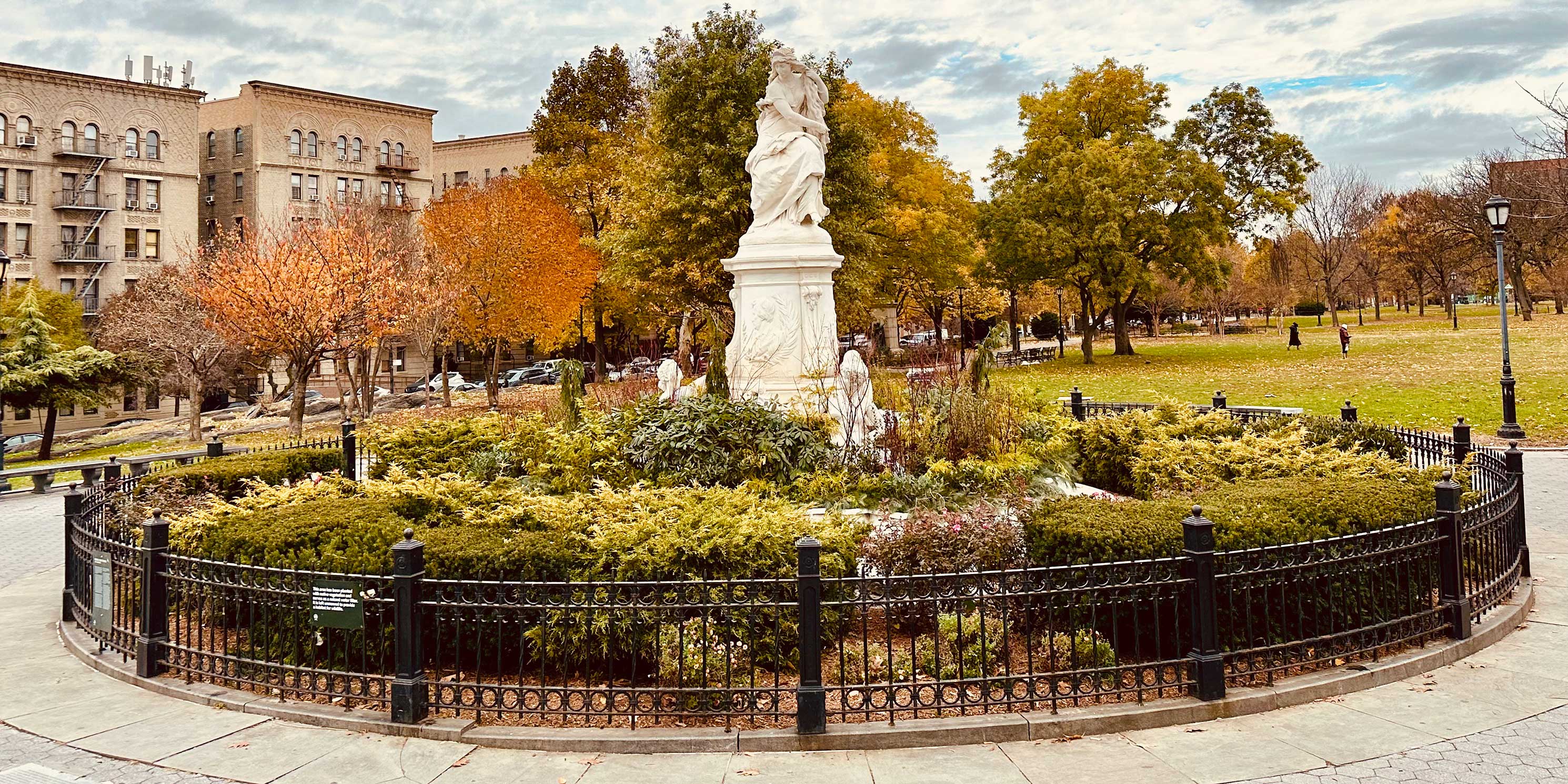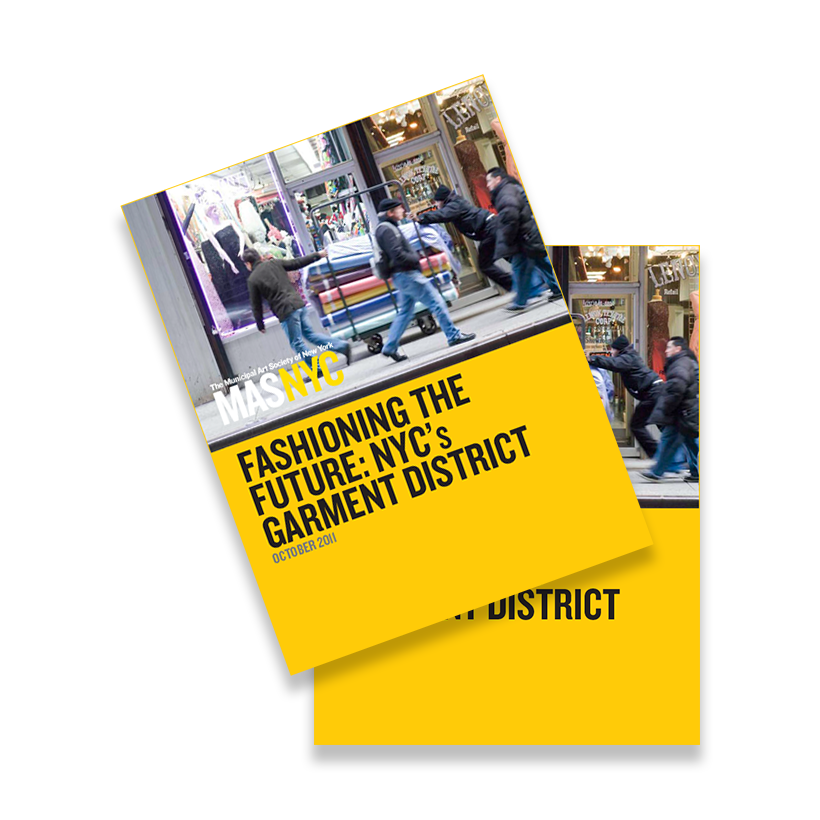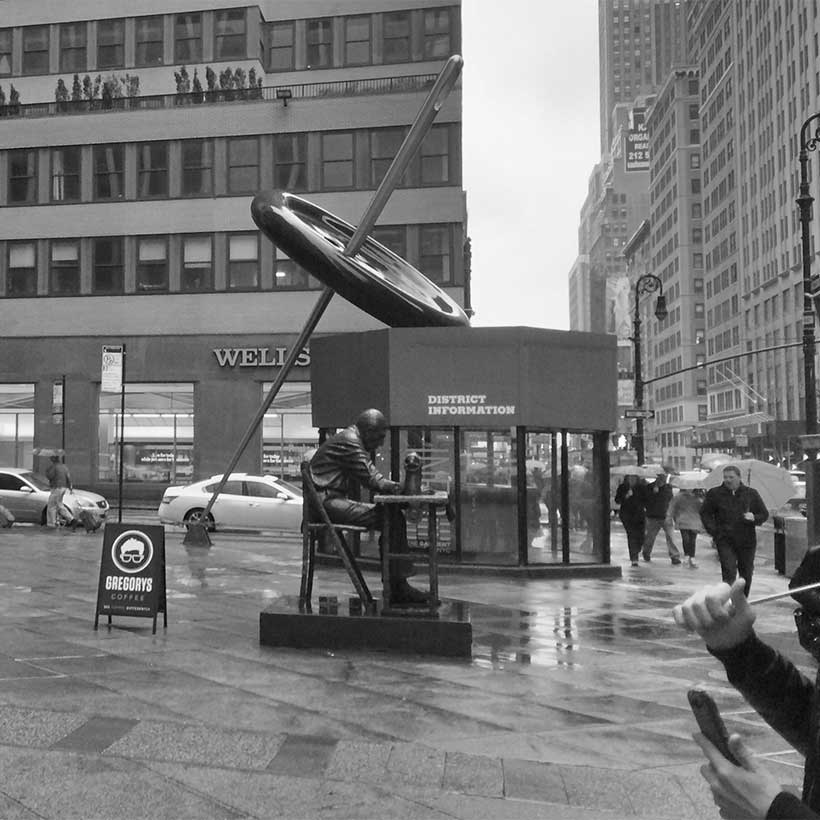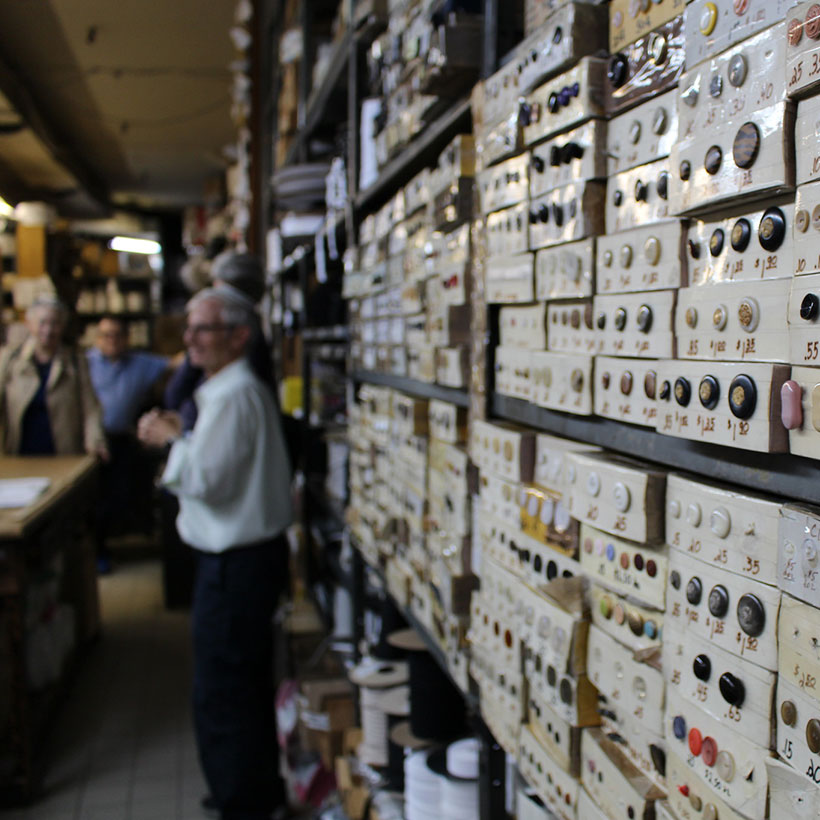Important Strides towards Saving the Garment District
Testimony to the Manhattan Borough President's Office and Community Boards 4 & 5
The Garment District is home to one of New York City’s oldest, most iconic industries. Its success is dependent on an interconnected web of garment manufacturing businesses remaining in Midtown—close to one another and close to the rest of the fashion, costume, and apparel industries.
The Municipal Art Society of New York (MAS) has twice banded together with partners in advocacy, including the Pratt Center for Community Development and the Design Trust for Public Space, to resist previous attempts to remove the protective zoning. However, today we are encouraged by the City’s commitment to preservation of the Garment District through tax abatement and business development programs. We look forward to continuing to work together on the final, and most critical, element of this three-pronged strategy: the acquisition of a building to create a permanently affordable space for Garment District businesses.
Download Testimony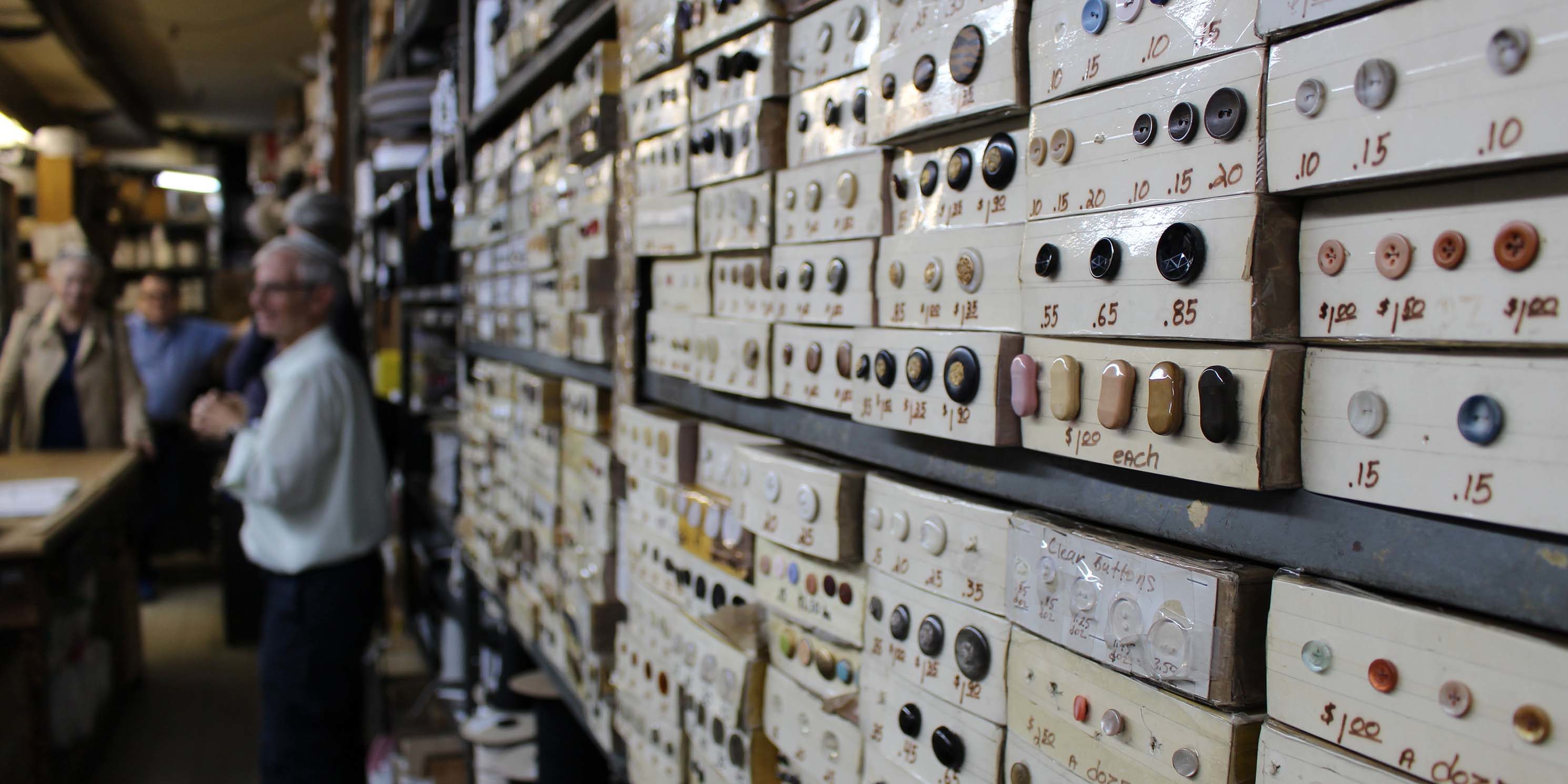
Last summer, MAS released results from a series of surveys that found potentially disastrous outcomes for the industry should the removal of zoning protections go forward without any new safeguards in place. Our surveys demonstrated the role of Manhattan’s Garment District as the center of gravity for the industry, highlighting the importance of the interconnected web of apparel-related businesses in Midtown. In addition, rent increases and development pressures were found to be the biggest threats to Garment District businesses. Perhaps most importantly, business owners have overwhelmingly supported local real estate solutions as their preferred outcome: 84 percent calling for rent stabilization measures and 80 percent calling for consolidated, rent-protected relocation within the district.
While the Environmental Assessment Statement (EAS) for the zoning text amendment concludes that there would be no direct or indirect displacement of the fashion industry or related apparel/garment manufacturing, such a forecast is conditional on the successful implementation of these new programs. MAS believes that if the following recommendations are incorporated, the minimum of a half million square feet of garment manufacturing space could be preserved as recommended by the Steering Committee.
MAS is hopeful that preserving manufacturing space and minimizing disruption of the industry can be achieved through the NYCIDA tax incentive program. However, we urge the City to carefully consider including provisions to ensure that enrolled space remains available for the full 15 years and require the tracking of a pool of prospective tenants by a third party.
In order to ensure its future, the industry must control its own space. As revealed by the MAS surveys, business owners overwhelmingly supported the idea of a consolidated a space within the district. The acquisition of a building by a mission-driven nonprofit would be the most significant milestone since the creation of the district itself. MAS looks forward to the Request for Proposals (RFP) process that would seek to establish the public private partnership and acquire the much-needed property. MAS also hopes to work with the City to develop both a management structure and tenant referral mechanism to support garment-related businesses in leasing space.
MAS welcomes these significant strides toward preservation of production space in the Garment District. While we have been encouraged by the City’s adoption of recommendations throughout the process, we continue to urge the City to work with the Steering Committee and other stakeholders to secure additional manufacturing space. MAS will persist in advocating for this iconic industry and looks forward to working with the City in order to achieve these goals.
